 Thai Alphabet Drawing by Grandpa John (77 years old), and Grandson Kai (4 years old), Part 1 (Thai alphabet from letter #1 to letter #11)
Thai Alphabet Drawing by Grandpa John (77 years old), and Grandson Kai (4 years old), Part 1 (Thai alphabet from letter #1 to letter #11)
Organized by Grandma Ing
Technical Support by Mommy Mali, Daddy Jim and almost two months old brother Bodhi, started on Wednesday, April 22, 2020, Grandpa John and Grandson Kai communicated via Face Time through iPad during the lock-down from the pandemic of COVID-19 (coronavirus)
There are 44 letters in Thai Alphabet. I divided into 4 parts, 11 characters in each group. John and Kai enjoyed drawing Thai characters using their imaginations in composing the letters. Mommy Mali was holding her new born 2 months old baby, Bodhi, to supervise Kai with his playful and loving drawing activity. I participated by taking pictures and video of the event. Daddy Jim entertained the troops by playing music with his loving of Guitar performance. We were all happy spending time in the evening after a full belly from the home-made meal. Hopefully, little bodhi heard our conversation of loving and laughing. We managed to turn the COVID – 19 locked down into a more useful and entertaining time.
For me, personally, I was so glad to see the Welshman, John, and our American grandson Kai, invent characters that are unique and special to me. As a Thai person it brought a sentimental reminder of my own native Thai language.
I hope that Thai people who view this Thai alphabet will smile because of the unique playfulness of the Thai characters created in John and Kai’s drawings. Each culture is unique, and when we come together, we can appreciate each other, bringing harmony and peace to families, communities and the world.
Ing-On Vibulbhan-Watts, Friday, May 27, 2022, 12:45 PM
History of Thai Alphabet and Sukhothai
Sukhothai is full of Historical sites that reflect the glorious civilisation of the former capital that remains for future generations to carry on preservation. Visitors can discover the grandeur of the Sukhothai Kingdom within the World Heritage-listed Archaeological sites like the Sukhothai Historical Park which is home to palaces and ancient religious sites with moats and ancient city walls surrounded. See the beauty of Phra Achana or the Speaking Buddha at Wat Si Chum, which is enshrined in the mondop with only four walls remaining, resulting in a strange and magical image. Pay respects to Wat Mahathat which has a stupa-shaped pagoda which is a unique art of the Sukhothai kingdom as well as other important temples of the province such as Wat Phra Prang and Wat Chang Lom. In addition to ancient sites, Sukhothai province also has interesting tourist activities, such as watching marigold Flowers in full bloom at Ban Pak Khwae Marigold Fields. Being close to nature and Lanna civilisation at Thung Saliam District. Be amazed by the chinaware which is a valuable handcraft Culture that has been passed down for a long time in Si Satchanalai. Dont’ miss the spectacular beauty of the Performance in the burning candle during the Loy Krathong festival.
For more information, please visit the following link:
https://www.tourismthailand.org/Destinations/Provinces/Sukhothai/114
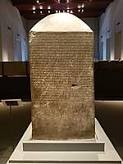 Ram Khamhaeng Inscription, the oldest inscription using proto-Thai script (Bangkok National Museum)
Ram Khamhaeng Inscription, the oldest inscription using proto-Thai script (Bangkok National Museum)
The Thai alphabet is derived from the Old Khmer script (Thai: ????????, akson khom), which is a southern Brahmic style of writing derived from the south Indian Pallava alphabet (Thai: ??????). According to tradition it was created in 1283 by King Ramkhamhaeng the Great (Thai: ????????????????????).[1] The earliest attestation of the Thai script is the Ram Khamhaeng Inscription dated to 1292, however some scholars question its authenticity.[2] The script was derived from a cursive form of the Old Khmer script of the time.[1] It modified and simplified some of the Old Khmer letters and introduced some new ones to accommodate Thai phonology. It also introduced tone marks. Thai is considered to be the first script in the world that invented tone markers to indicate distinctive tones, which are lacking in the Mon-Khmer (Austroasiatic languages) and Indo-Aryan languages from which its script is derived. Although Chinese and other Sino-Tibetan languages have distinctive tones in their phonological system, no tone marker is found in their orthographies. Thus, tone markers are an innovation in the Thai language that later influenced other related Tai languages and some Tibeto-Burman languages on the Southeast Asian mainland.[2] Another addition were consonant clusters that were written horizontally and contiguously, rather than writing the second consonant below the first one.[2] Finally, the script wrote vowel marks on the main line, however this innovation fell out of use not long after.[1]
The Thai script (like all Indic scripts) uses a number of modifications to write Sanskrit and related languages (in particular, Pali). Pali is very closely related to Sanskrit and is the liturgical language of Thai Buddhism. In Thailand, Pali is written and studied using a slightly modified Thai script. The main difference is that each consonant is followed by an implied short a (??), not the ‘o’, or ‘?’ of Thai: this short a is never omitted in pronunciation, and if the vowel is not to be pronounced, then a specific symbol must be used, the pinthu ?? (a solid dot under the consonant). This means that sara a (??) is never used when writing Pali, because it is always implied. For example, namo is written ???? in Thai, but in Pali it is written as ???, because the ?? is redundant. The Sanskrit word ‘mantra’ is written ????? in Thai (and therefore pronounced mon), but is written ?????? in Sanskrit (and therefore pronounced mantra). When writing Pali, only 33 consonants and 12 vowels are used.
For more information, please visit the following link:
Sukhothai, Thailand
By The Editors of Encyclopaedia Britannica • Edit History
Sukhothai, town and historical capital of a former kingdom of north-central Thailand. It is one of Thailand’s earliest and most important historical settlements. Originally a provincial town within the Angkor-based Khmer empire, Sukhothai in the 13th century gained its independence and became established as the capital of the first united and independent Tai state in what is now Thailand’s Chao Phraya River basin, or Central Plain. The kingdom’s third ruler, King Ramkhamhaeng (reigned c. 1279–c. 1298), extended Sukhothai’s hegemony north into what is now Laos, west to the Andaman Sea, and south onto the Malay Peninsula. The ancient town is reported to have had some 80,000 inhabitants. Its architectural development began under Ramkhamhaeng and reached its peak in the latter part of the 14th century, when most of Sukhothai’s monasteries were built. After 1351, when Ayutthaya was founded as the capital of a powerful rival Tai dynasty, Sukhothai’s imperial influence began to wane, and in 1438 the town was conquered and incorporated into the Ayutthaya kingdom. Sukhothai is thought to have been abandoned in the late 15th or early 16th century.
Buddhist sanctuary, 13th century, Sukhothai, Thailand.
Hermann Schlenker/Photo Researchers
In the 1970s the government of Thailand, with the help of the United Nations Educational, Scientific and Cultural Organization (UNESCO), undertook the restoration of the ancient site of Sukhothai, which includes several temples (wats), reliquary monuments (chedis, or stupas), ornamental ponds, and statues of Buddha. The result, the Sukhothai Historical Park, containing about 27 square miles (70 square km) of parkland and lying some 300 miles (450 km) north of Bangkok, was opened in the late 1980s. In 1991 Sukhothai was designated a UNESCO World Heritage site.
The modern city of Sukhothai lies on the Yom River about 8 miles (13 km) by road from the historical area, in a sparsely populated rice-growing region. It supports textile milling, woodworking and metalworking, fishing, and the manufacture of clothing and food products. Pop. (2000) 35,713.
The Editors of Encyclopaedia BritannicaThis article was most recently revised and updated by Adam Augustyn.
Sukhothai and Lan Na
The kingdom of Sukhothai, situated in the upper Chao Phraya basin, was founded in the mid-13th century when a local Tai ruler led a revolt against Khmer rule at an outpost of the Khmer empire. Under its first two rulers, Sukhothai remained only a small local power. However, its third ruler, Ramkhamhaeng (reigned c. 1279–98), extended Sukhothai power to the south as far as Nakhon Si Thammarat, to the west into present-day Myanmar, and to the northeast as far as Luang Prabang in modern Laos. Not all these territories were conquered by force; many became vassal or tributary states to Sukhothai based on kinship ties or personal loyalty, and they were linked to it in a loose confederation.
Ramkhamhaeng is renowned not only for extending the territory under Sukhothai control but also for leaving a remarkable stone inscription, considered by most scholars to contain the earliest example of writing in any Tai language. Written in 1292 and utilizing Khmer script adapted to the sounds and tones of Tai speech, it pictures the Sukhothai kingdom as prosperous, active in trade, and benevolently governed by a paternal monarch. According to the inscription, the state taxed its citizens modestly, treated all subjects (including non-Tai) equally, and provided justice for all.
The Sukhothai period, from the mid-13th to the mid-15th century, is noted for its sculpture and pottery. Graceful bronze sculptures of the Buddha, especially those showing him in the walking position, are typical of the period. The celadon ware made at Sukhothai and nearby Sawankhalok was exported throughout Southeast Asia.
Sukhothai was not the only Tai state in Southeast Asia during this period. In the mid-13th century in what is today northern Thailand, a Tai ruler, Mangrai (reigned c. 1259–1317; from 1292 to 1317 in Chiang Mai), conquered the ancient Mon kingdom of Haripunjaya and built a new capital at Chiang Mai. Under Mangrai and his successors, Lan Na—with Chiang Mai as its capital—became not only powerful but also a centre for the spread of Theravada Buddhism to Tai peoples in what are now northeastern Myanmar, southern China, and northern Laos. Under Tilokaracha (reigned 1441–87), Lan Na became famous for its Buddhist scholarship and literature. During the 16th century Lan Na was conquered by the Burmese and incorporated into the Burman empire, where it would remain until the late 18th century.
For more information, please visit the following link:
https://www.britannica.com/place/Sukhothai
Thai Alphabet Drawing by Grandpa John, and Grandson Kai, Part 2


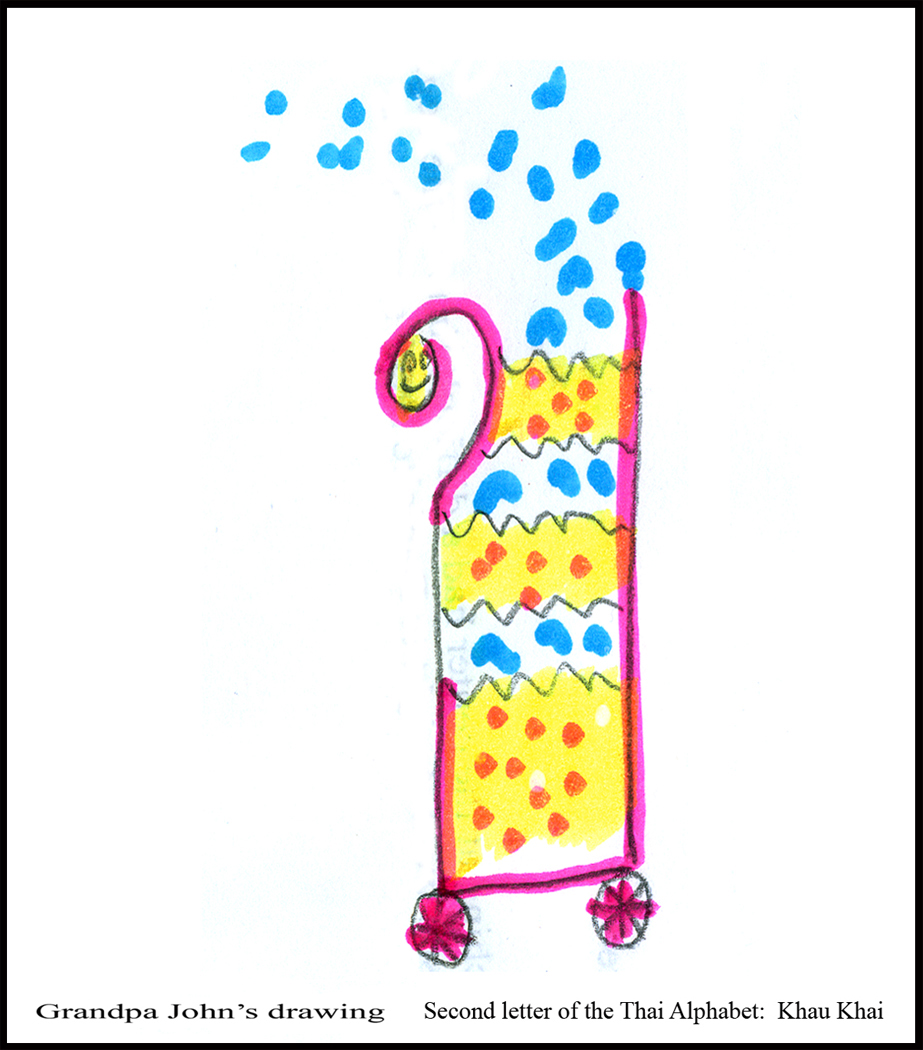
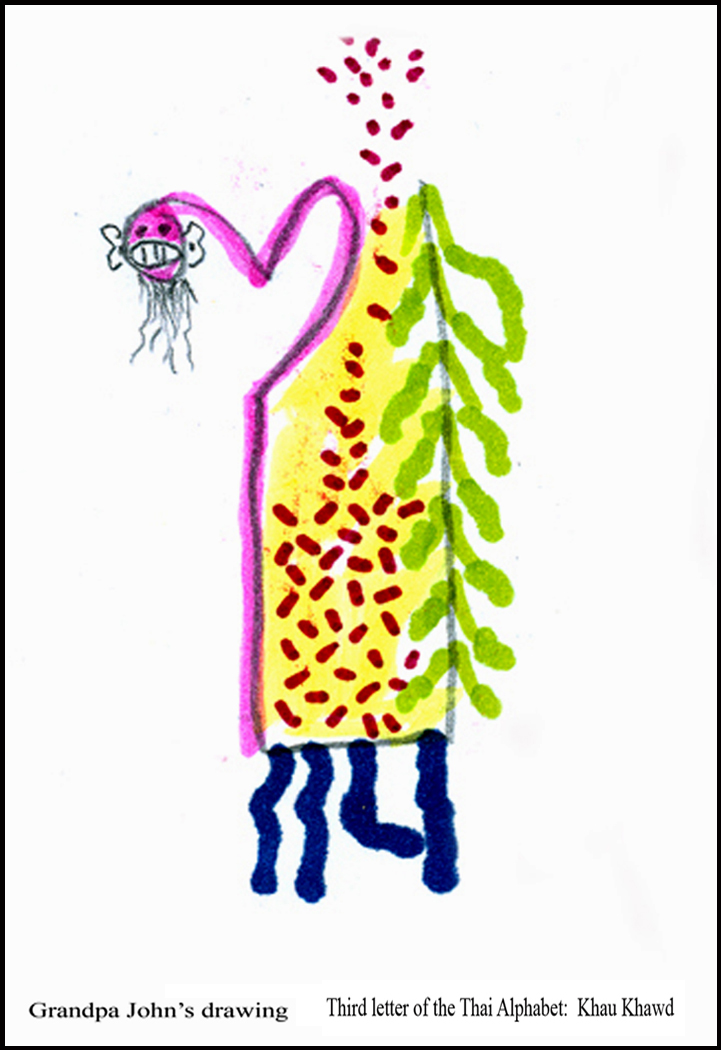
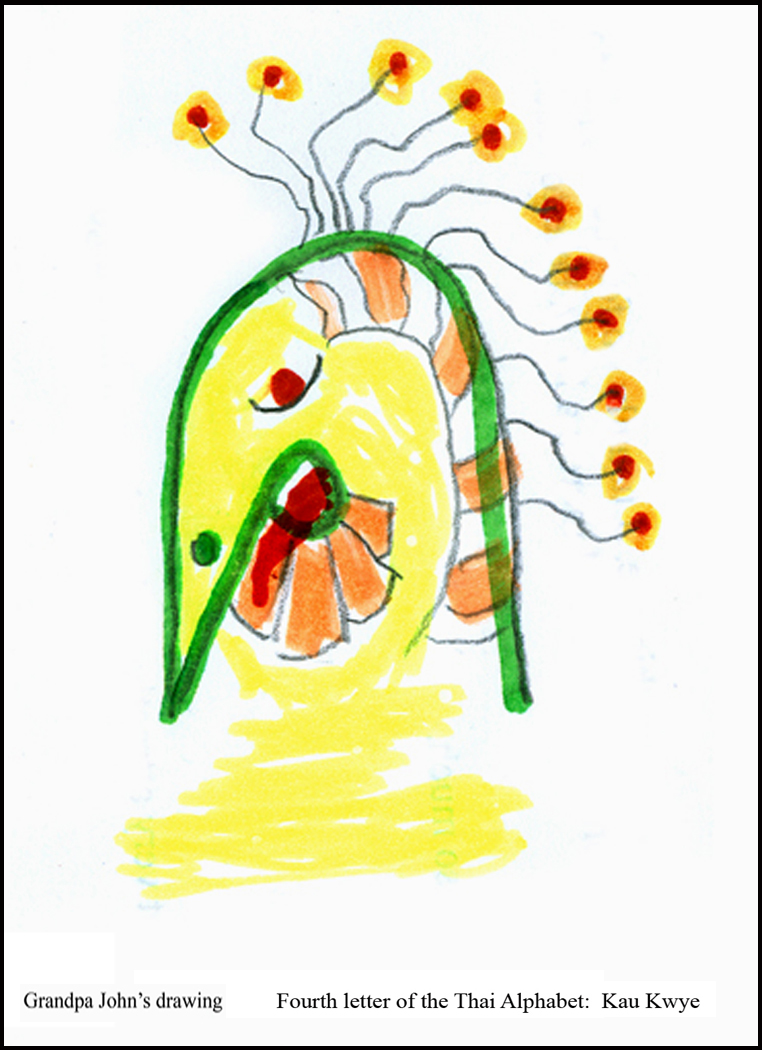
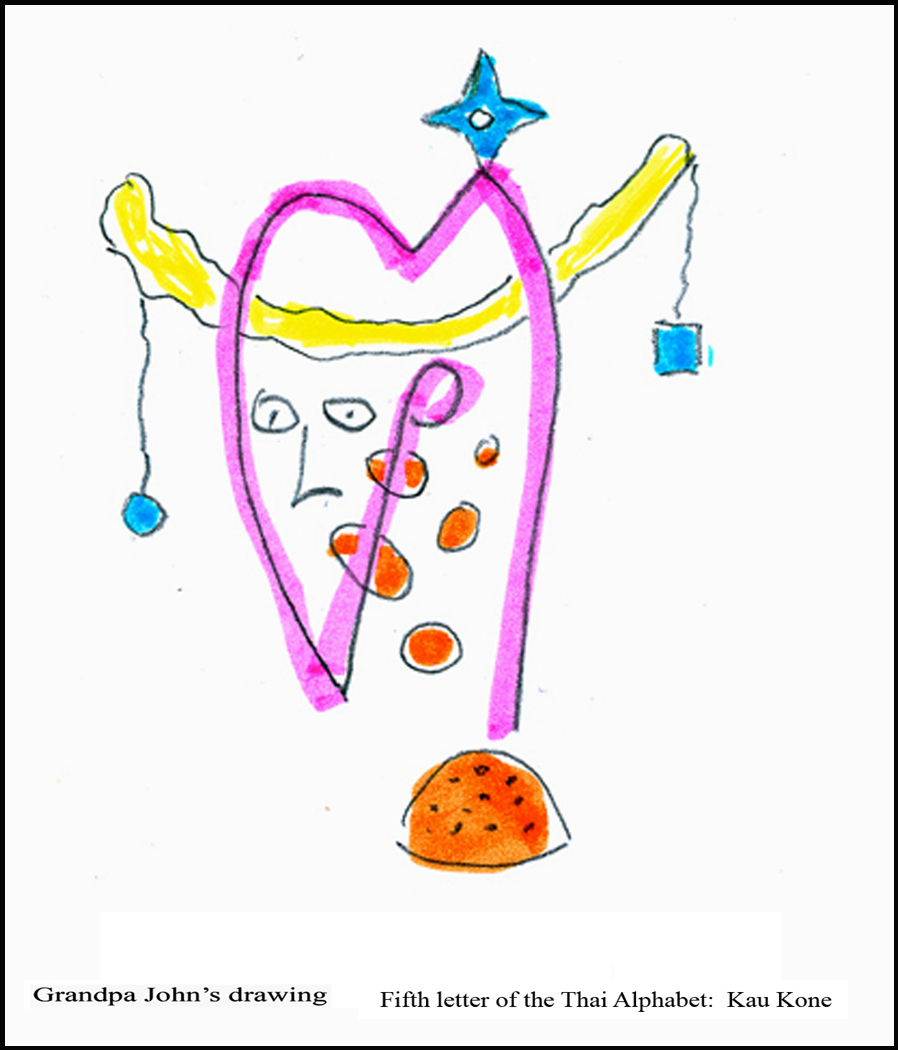


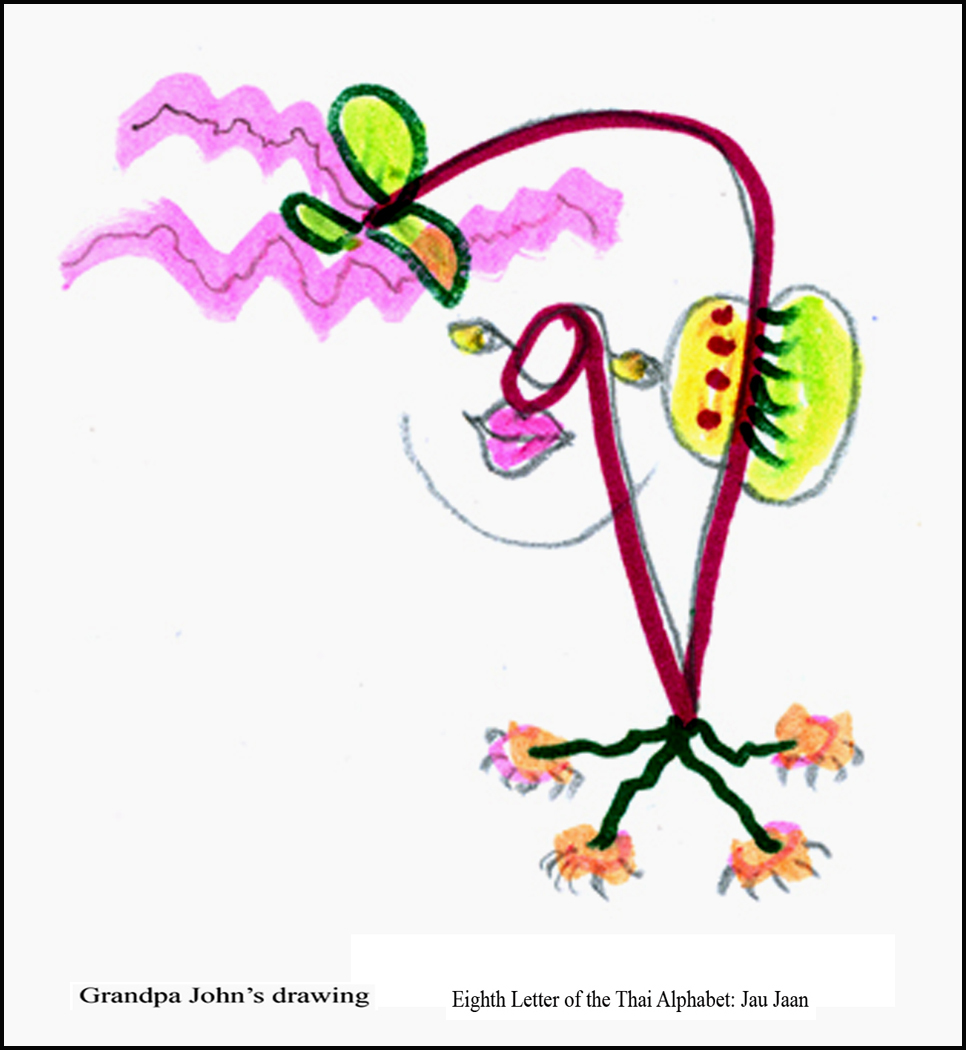
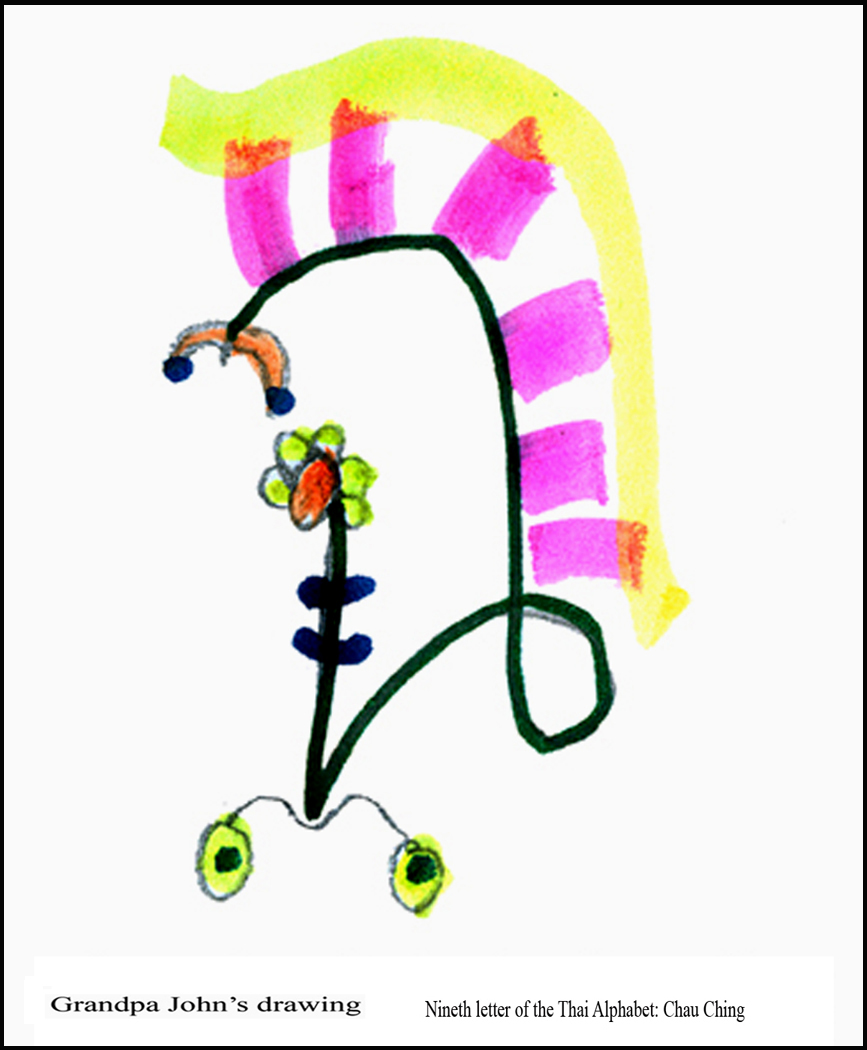
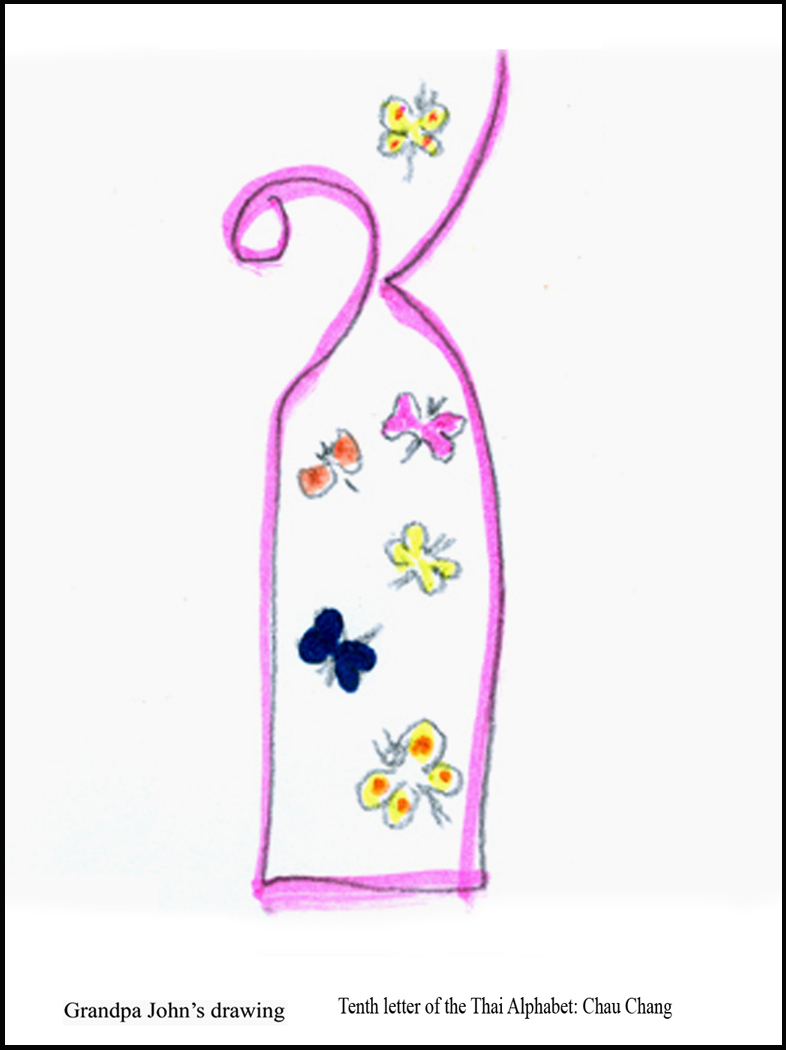
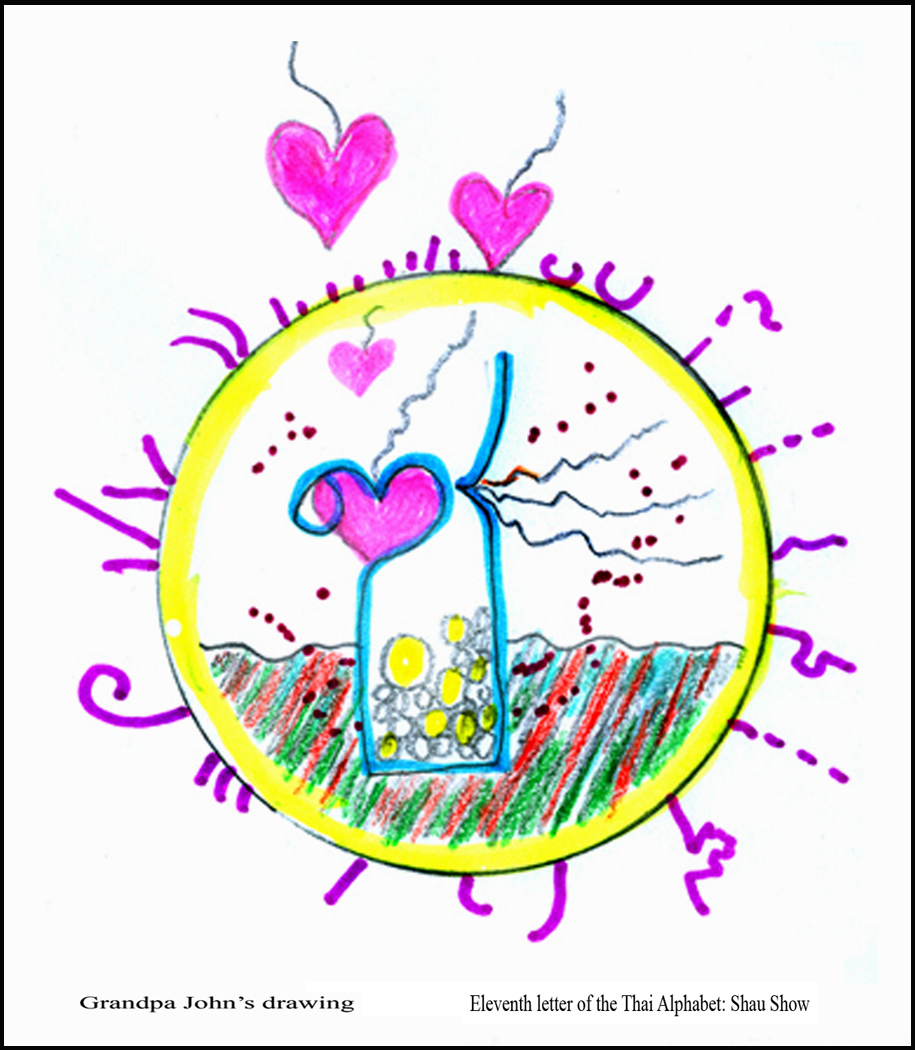


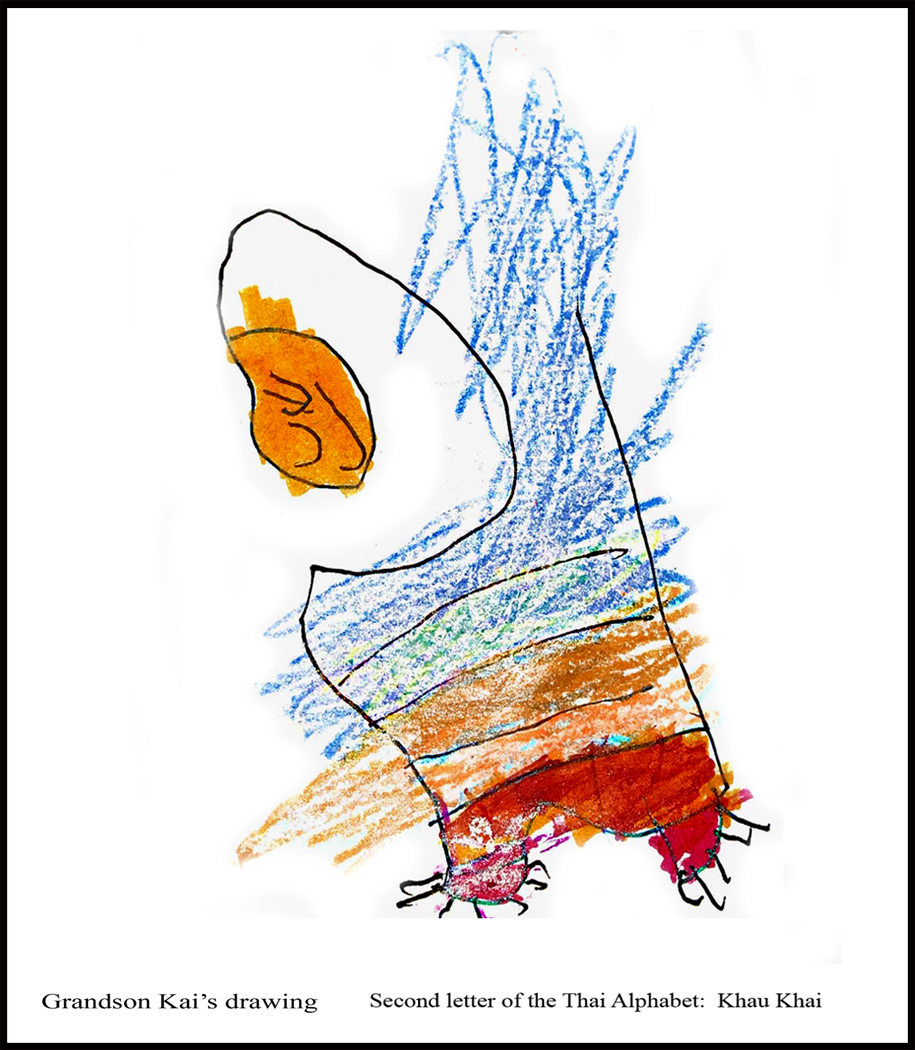
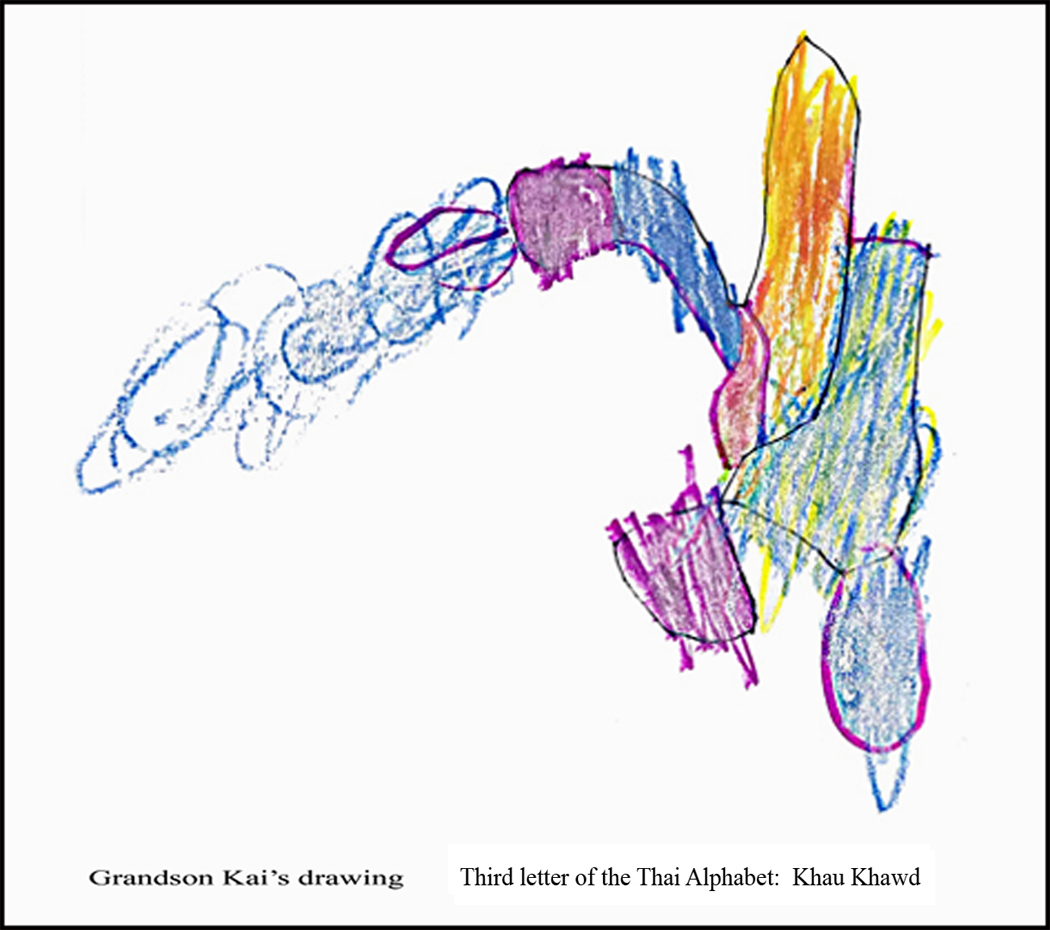
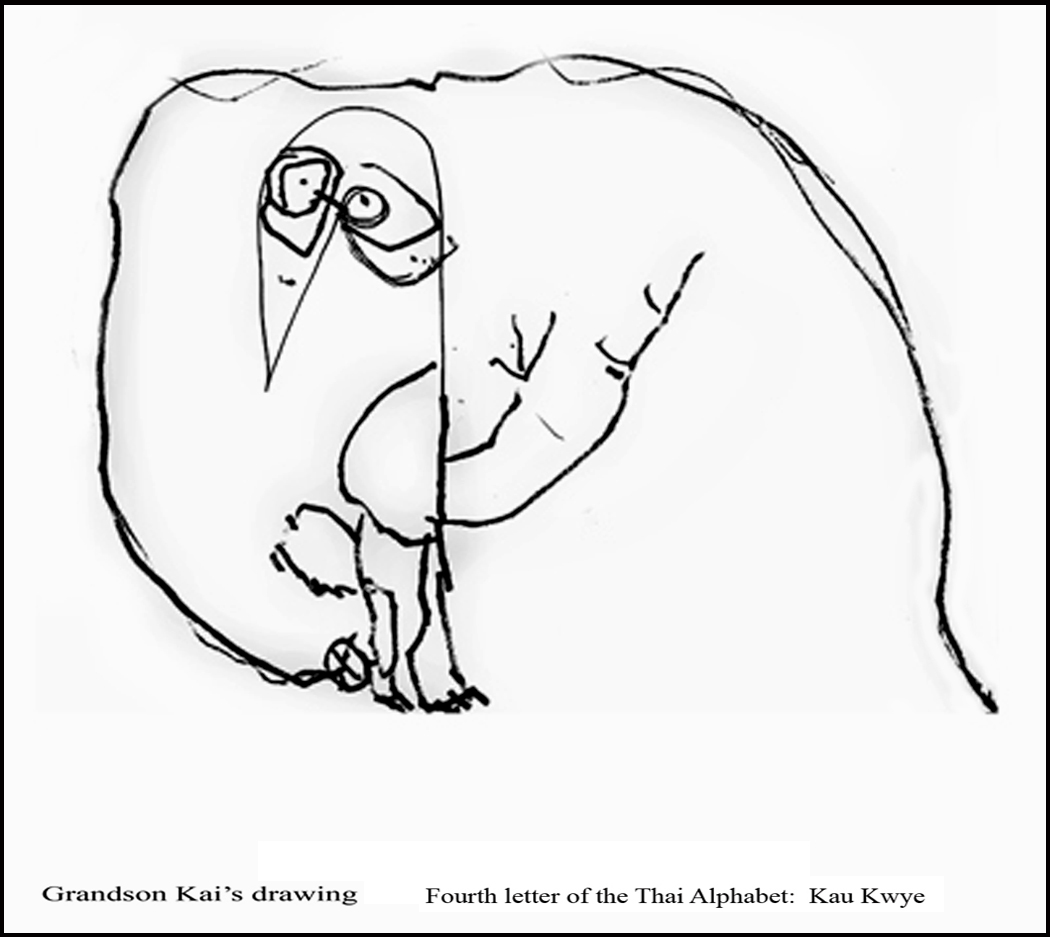

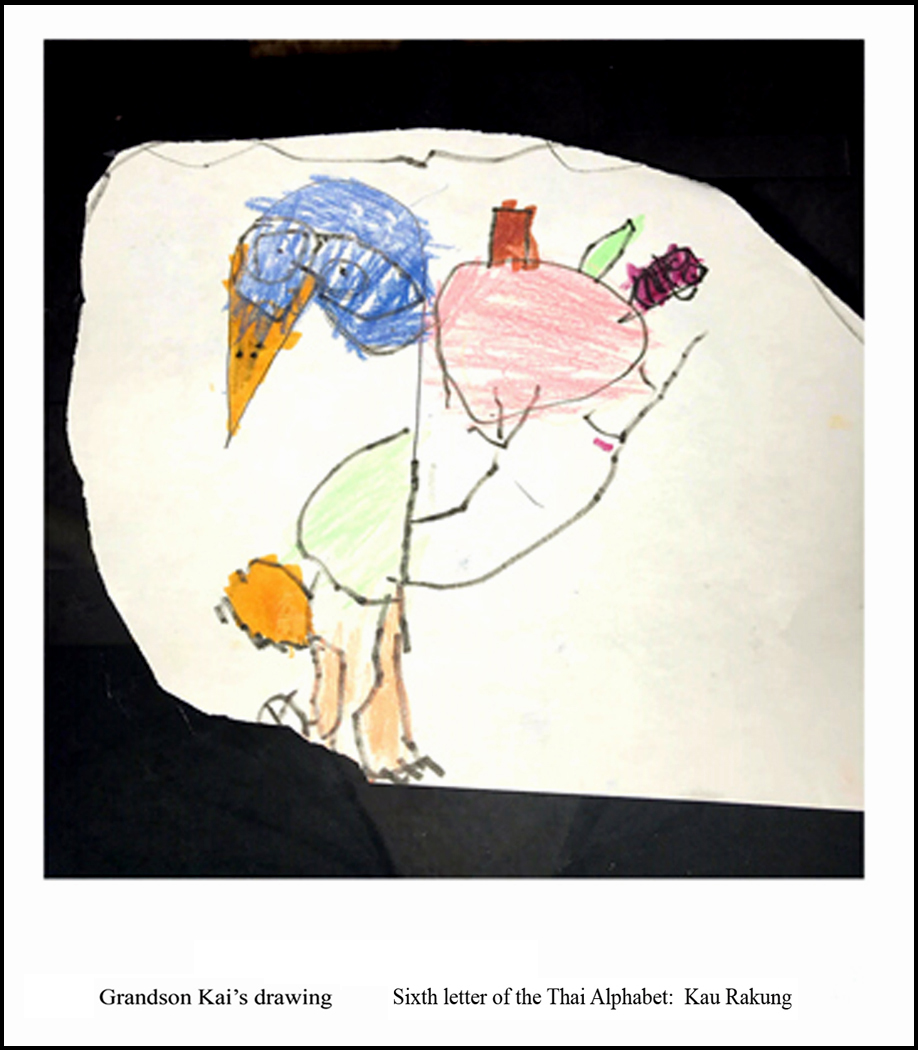
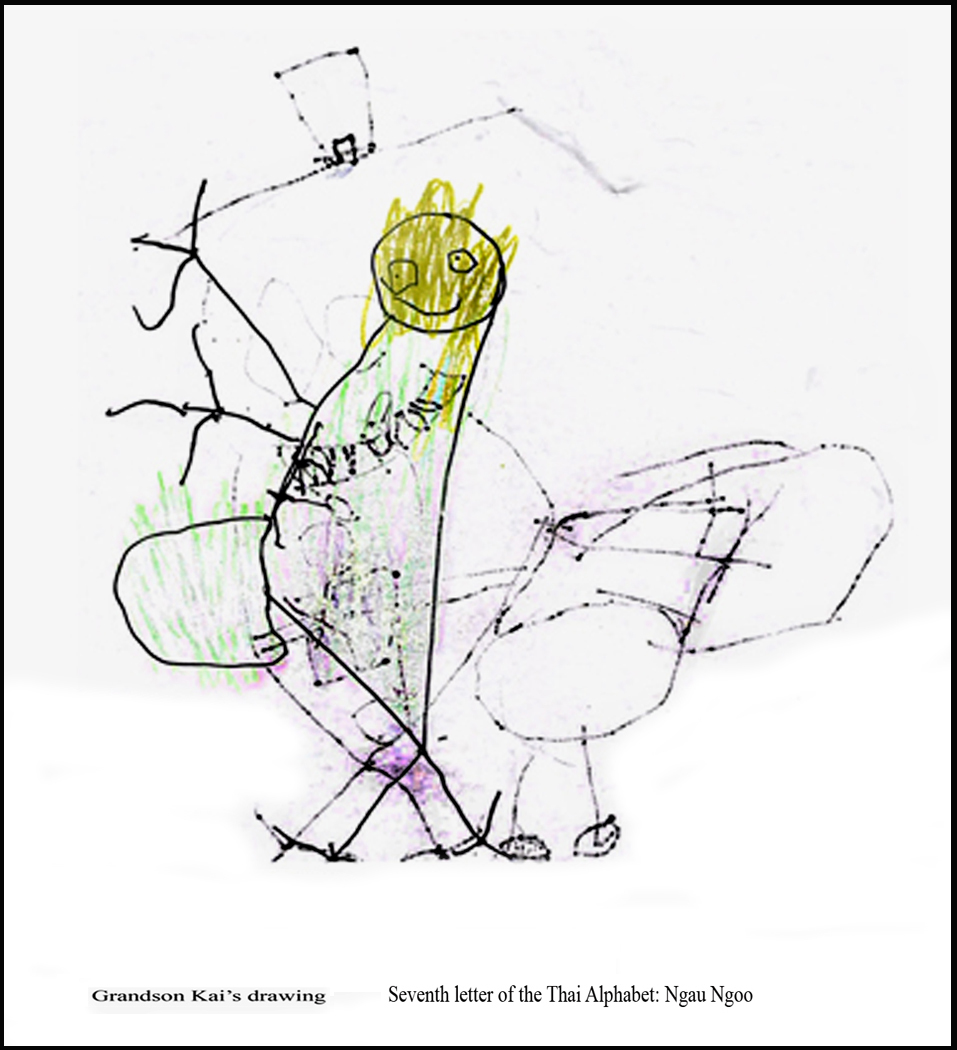
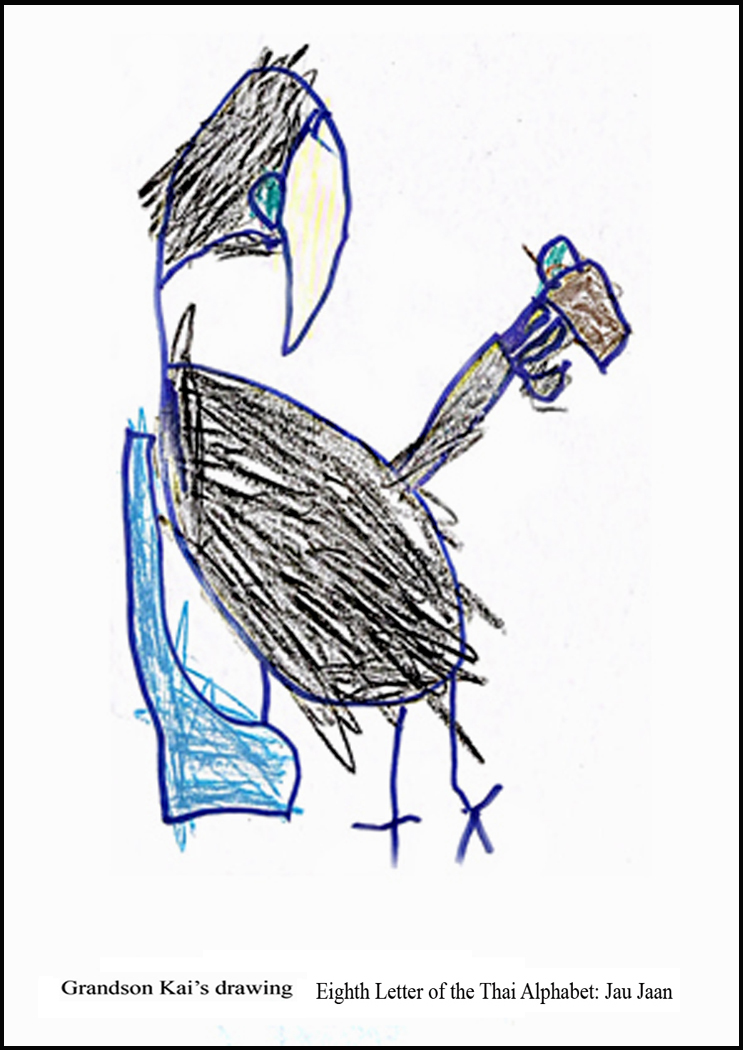

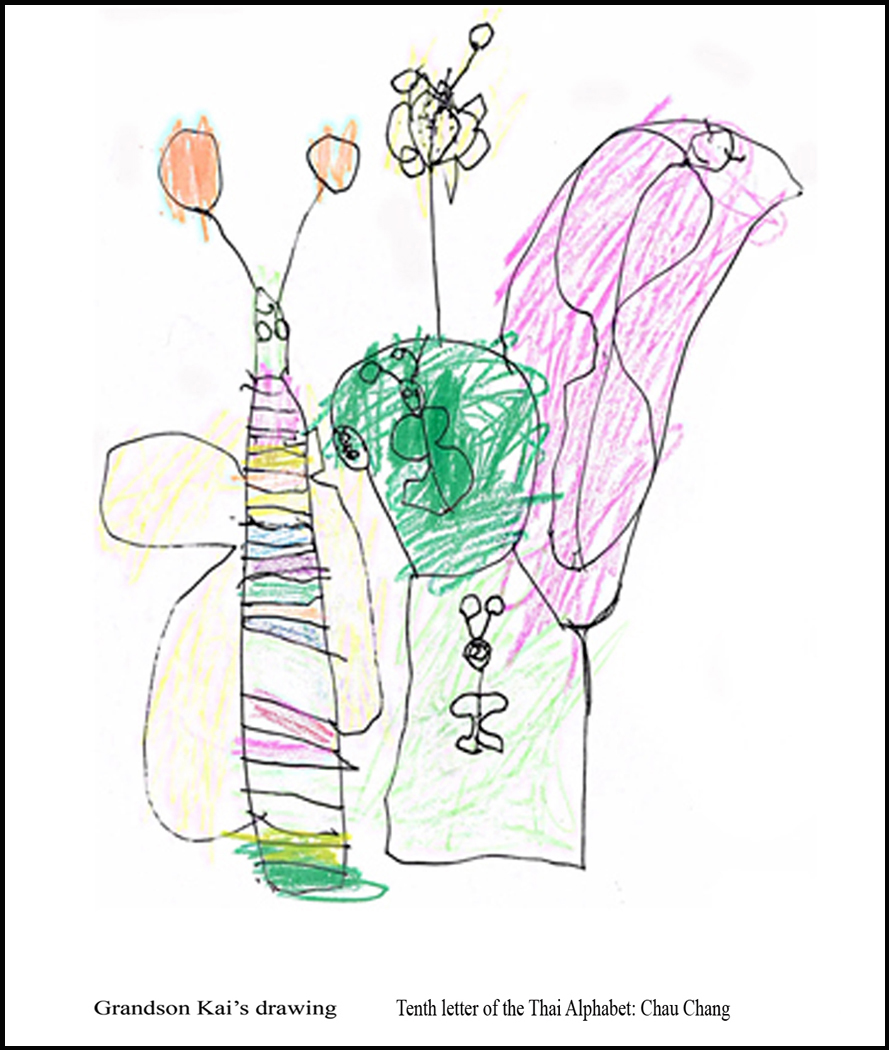
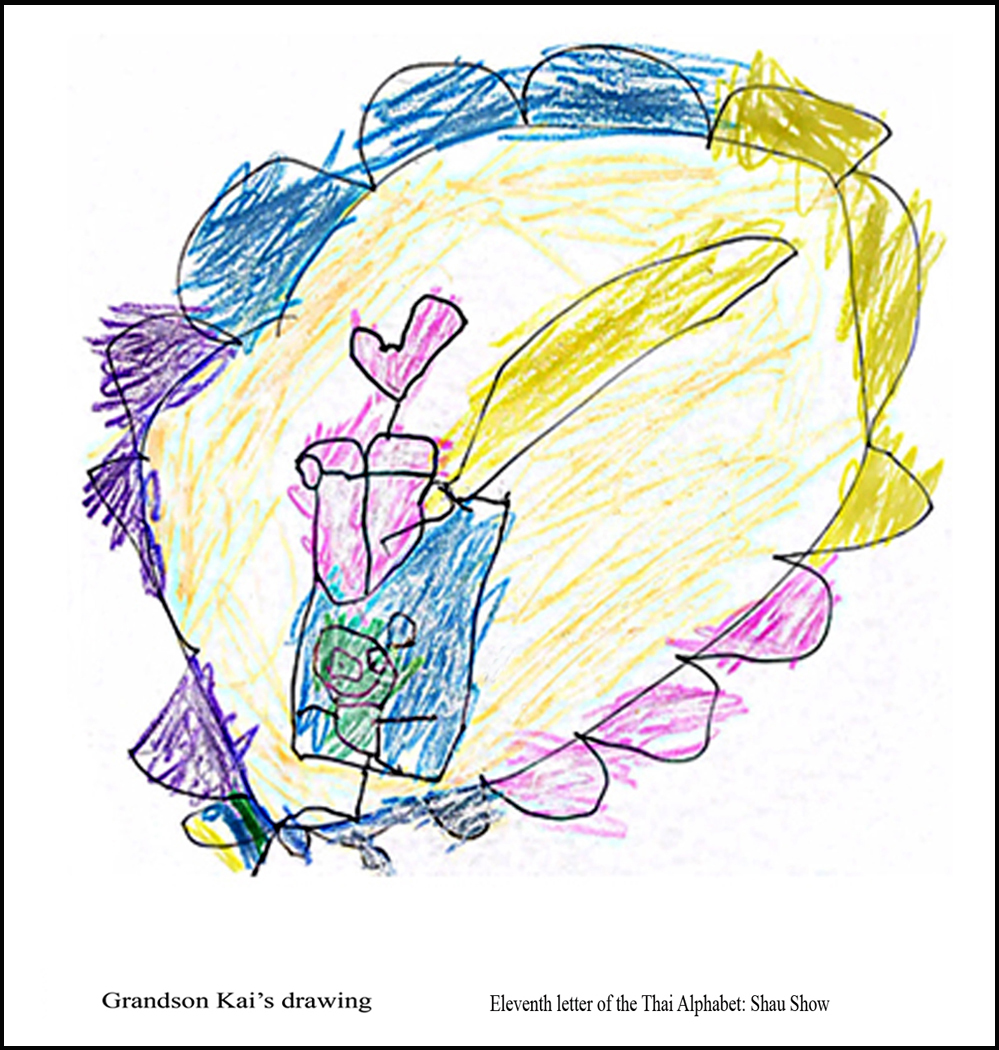


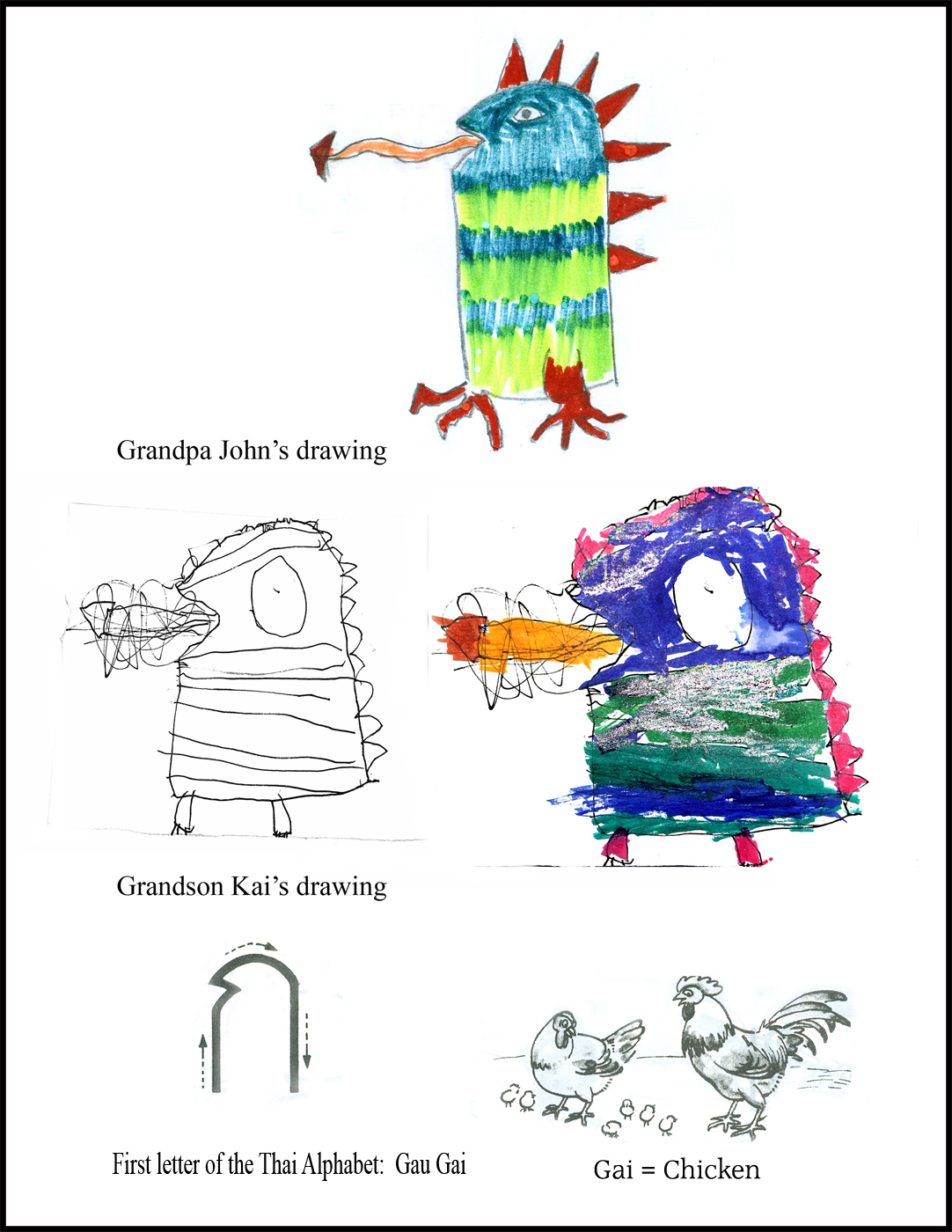
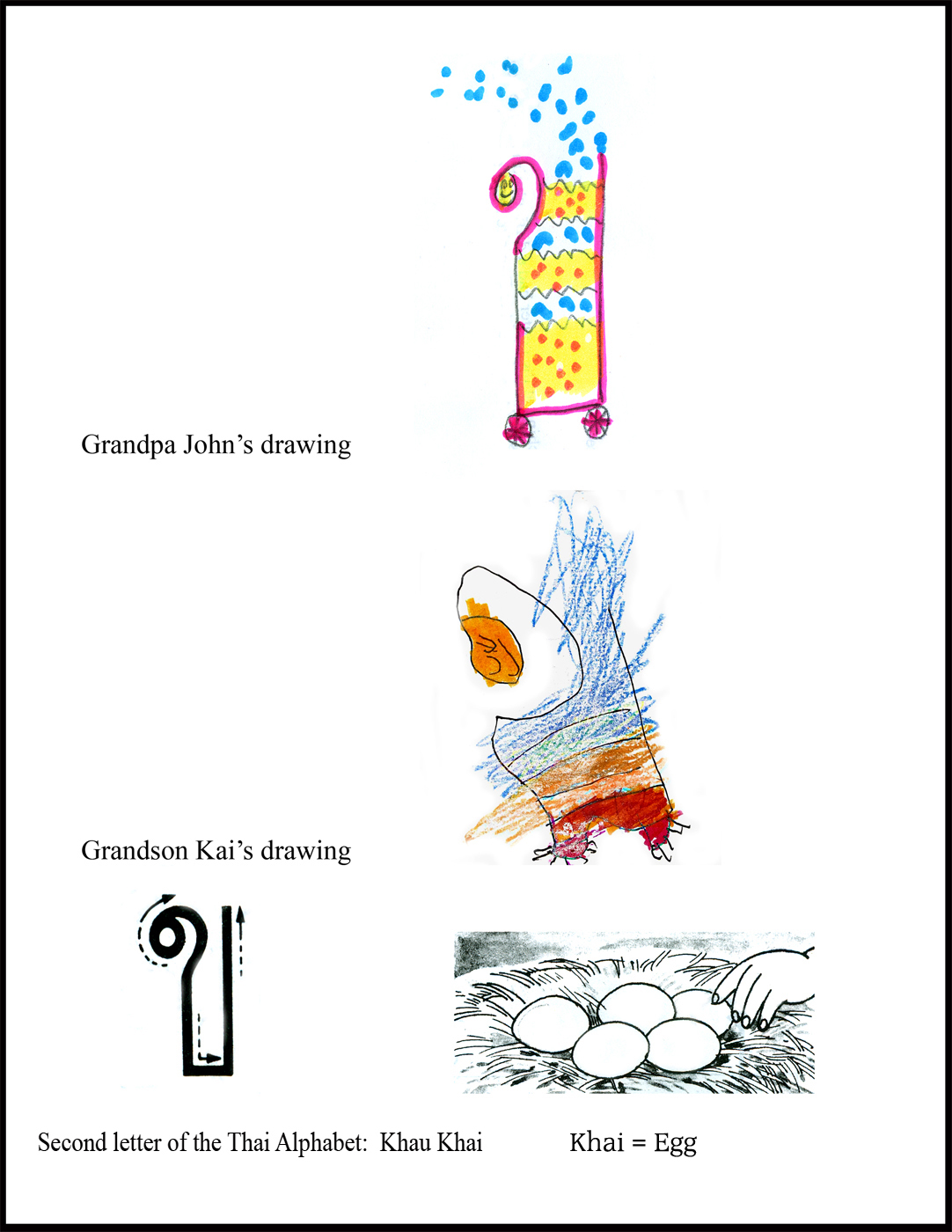

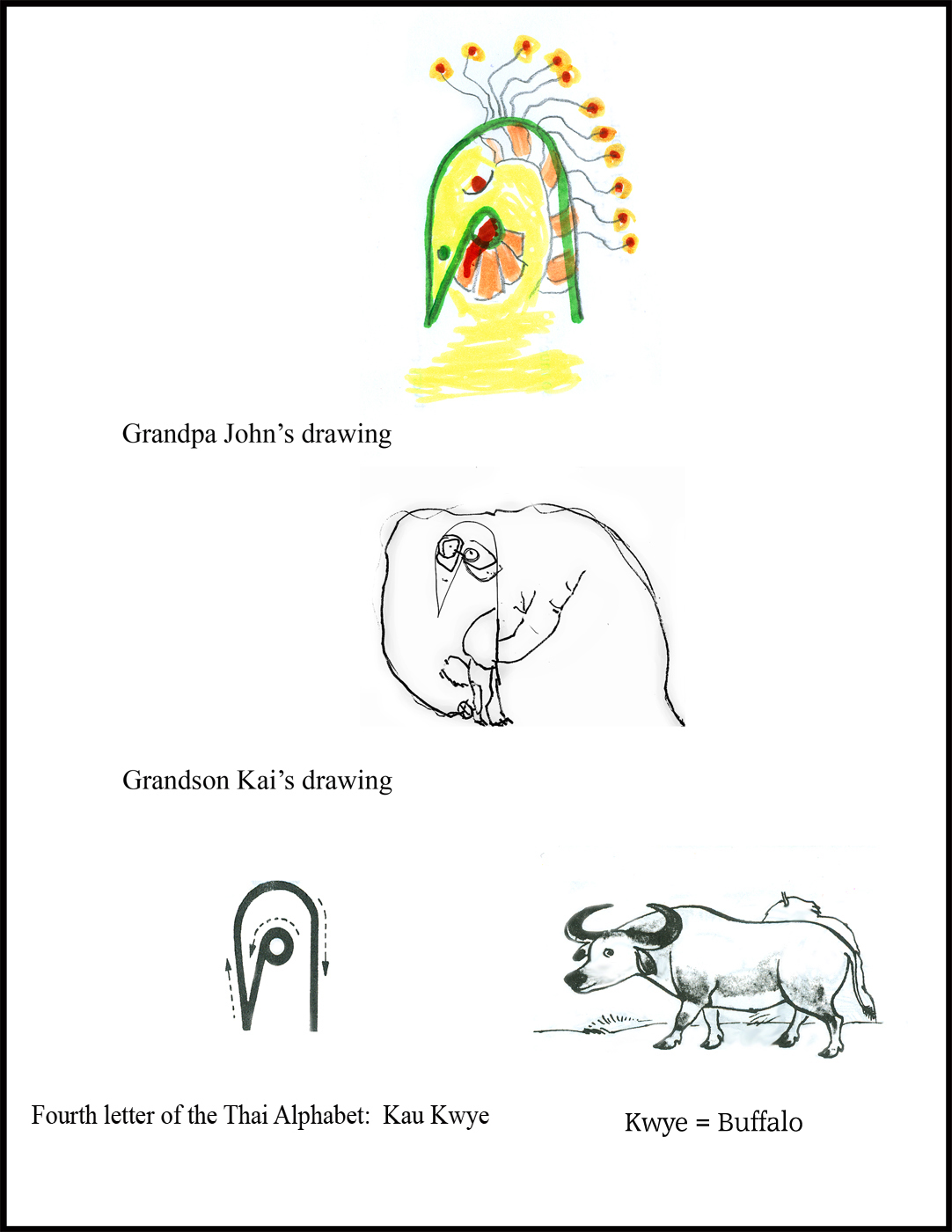
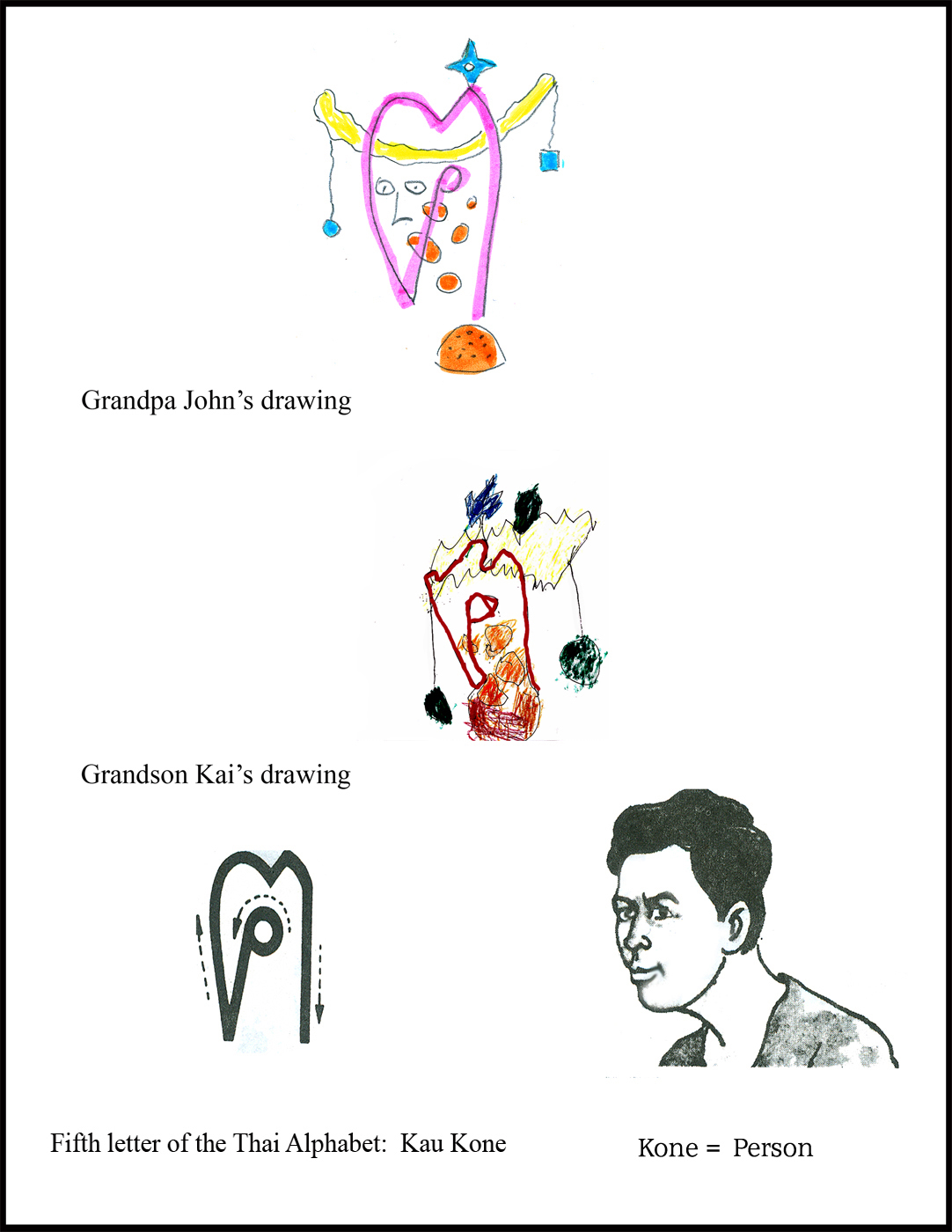


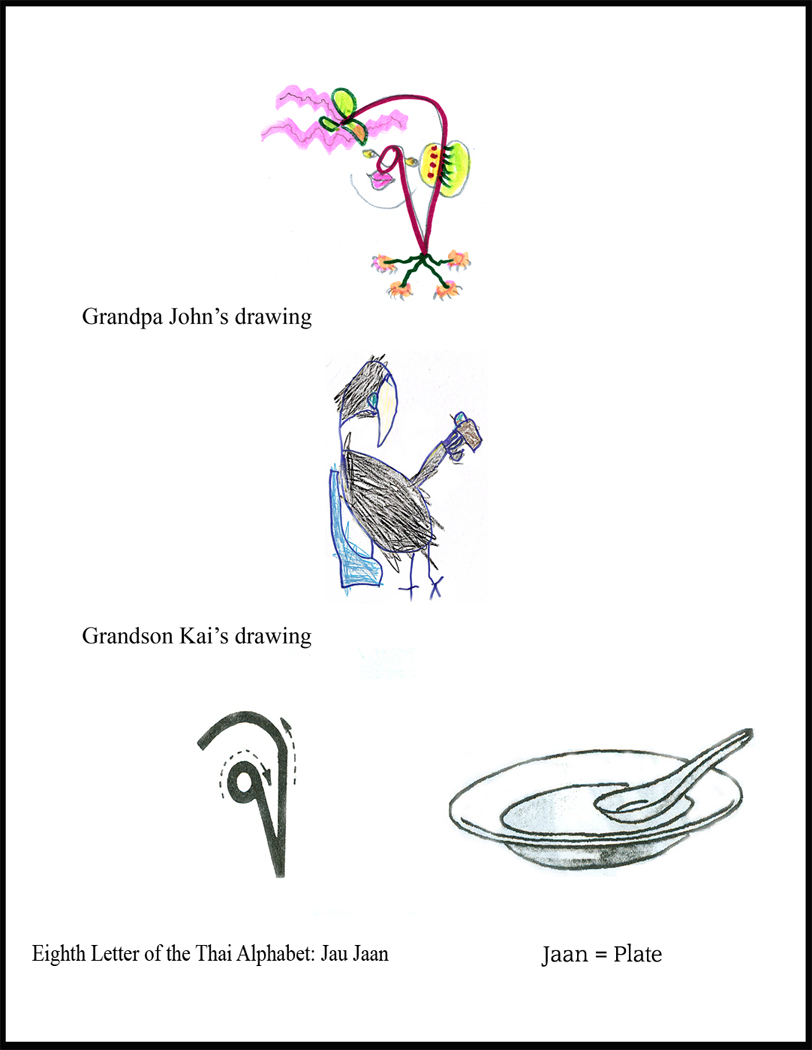
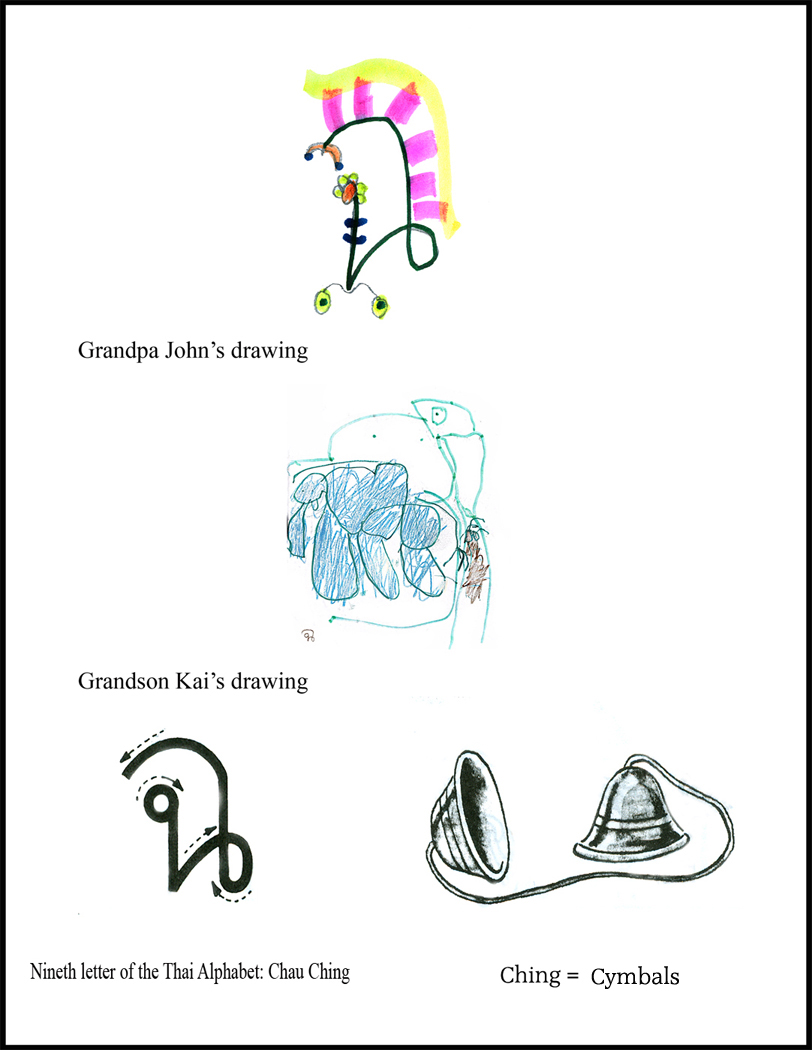
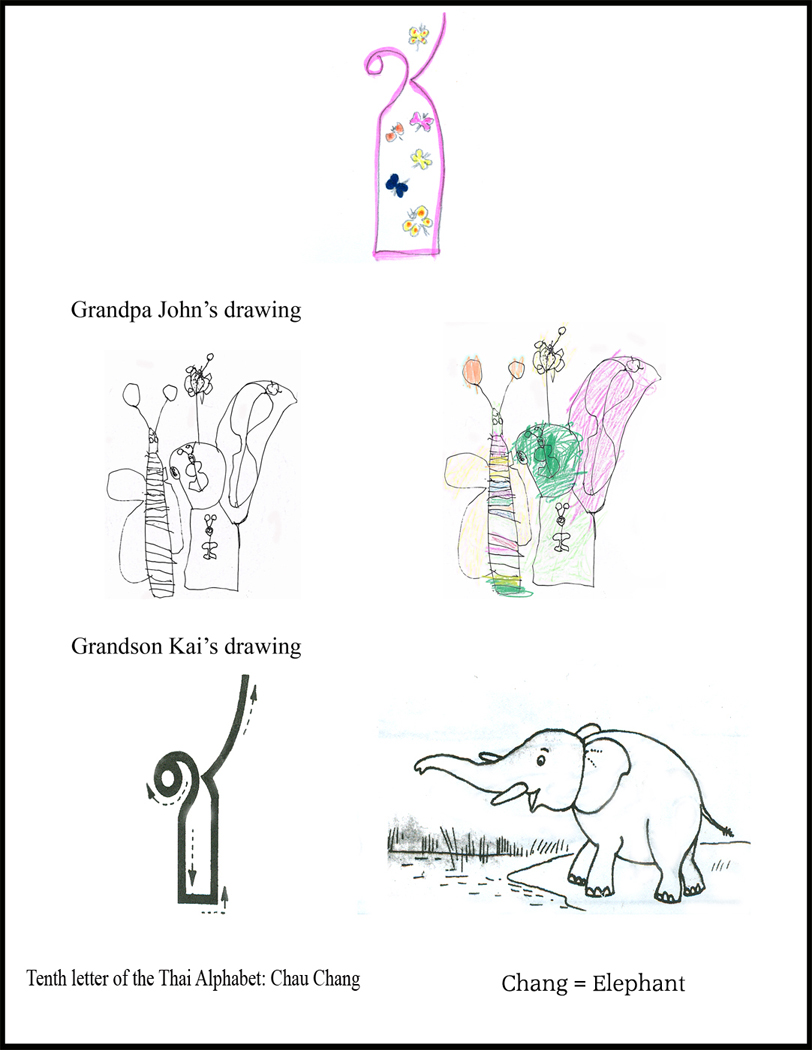
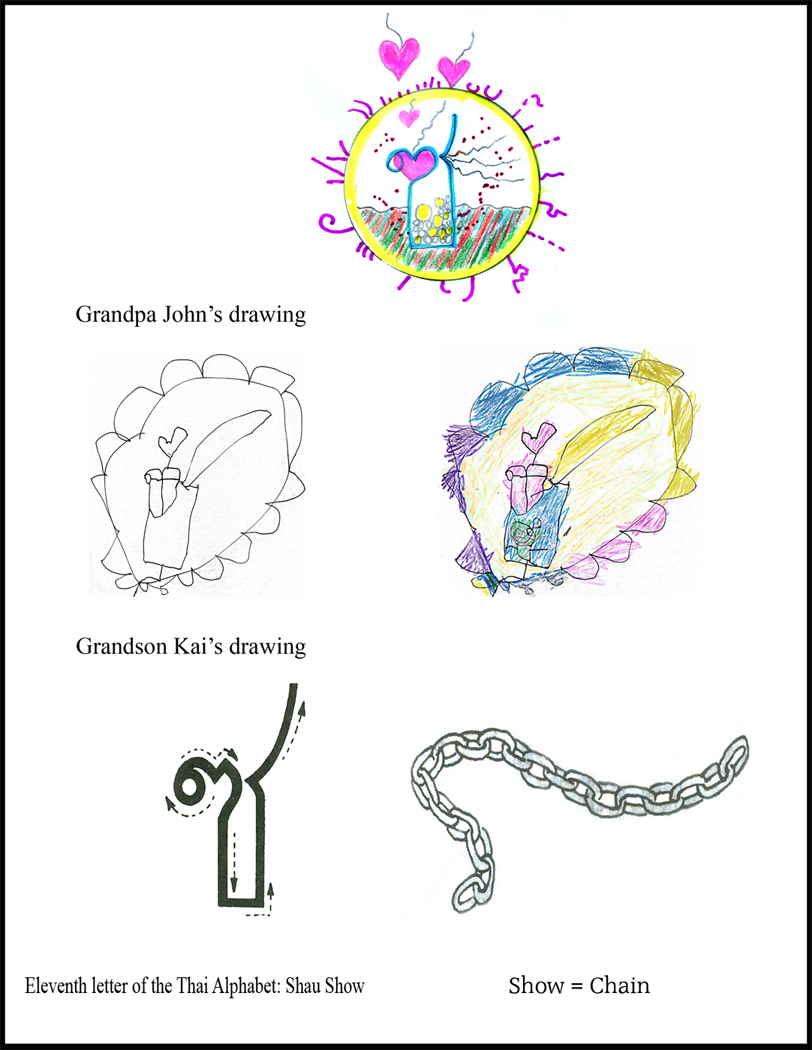


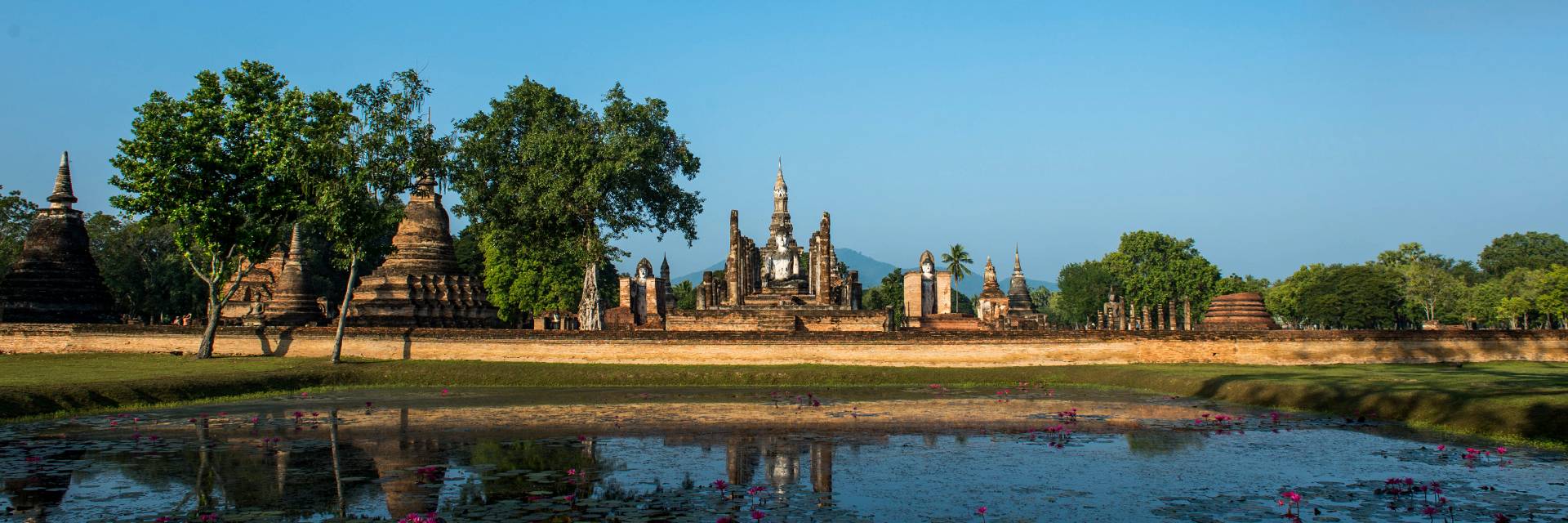
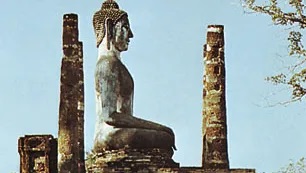
Leave a Reply